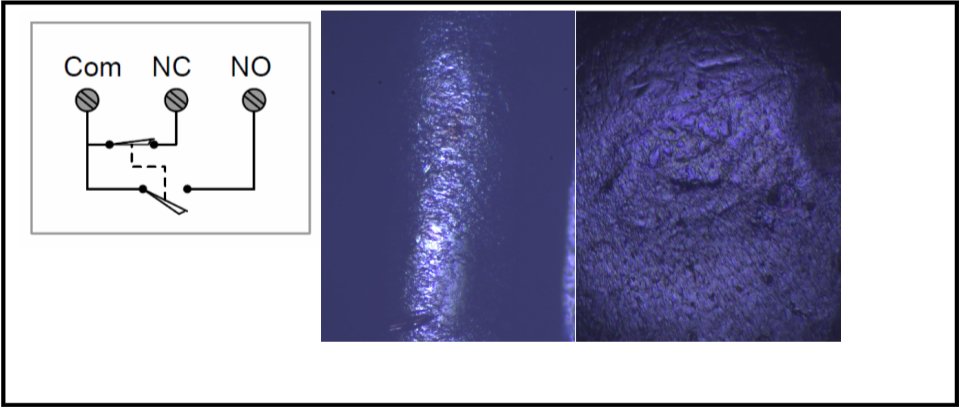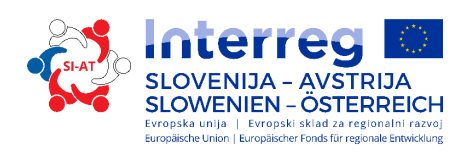Type 1 Pilot Action:
ITW Metalflex d.o.o. – Microswitches contact analysis
Goal: ITW d.o.o. was interested in understanding why in some of the microswitches (fig. 1 left), which were failed to pass the quality control, there is a strange increase of switch resistivity. In fact, the reliability of their switches is crucial since they are used in critical systems, for example, in a flooding safety system of dishwashing machines. Therefore, they were determined to solve the problem. However, the problem can arise from different factors, like the contact surfaces of the metal elements in the switch or the coupling mechanical mechanism.
Approach: Test a set of microswitches (working and not working) doing electrical impedance spectroscopy, optical microscopy and SEM (Scanning Electron Microscope) morphological and elemental analysis, looking for some correlation.
Results: The chemical analysis done with the SEM on a set of not working switches, showed a contamination rich in carbon oxygen and phosphor in the contact region. Also in a fixed electrode switch a contaminated spot, with size about 40 µm mostly made of carbon, was detected close to what is believed to be the contact region. On the other hand, on a working fixed electrodes switch was not observed an evident contaminated area. For this reason, at the moment one hypothesis is that the bad performances of switches (i.e. the high resistance) could be correlated with the presence of impurities or oxidized areas in the contact region.

Involved Partners: UNG (LFOS and LMR)



